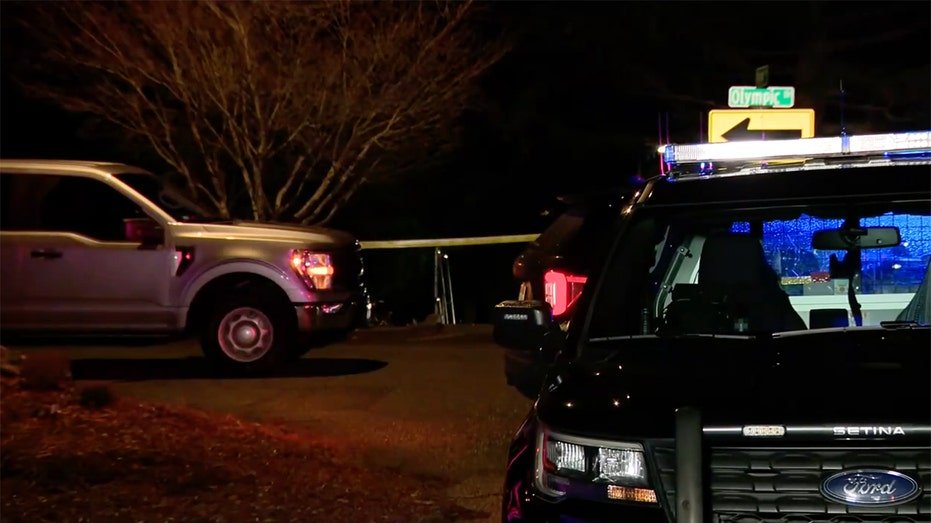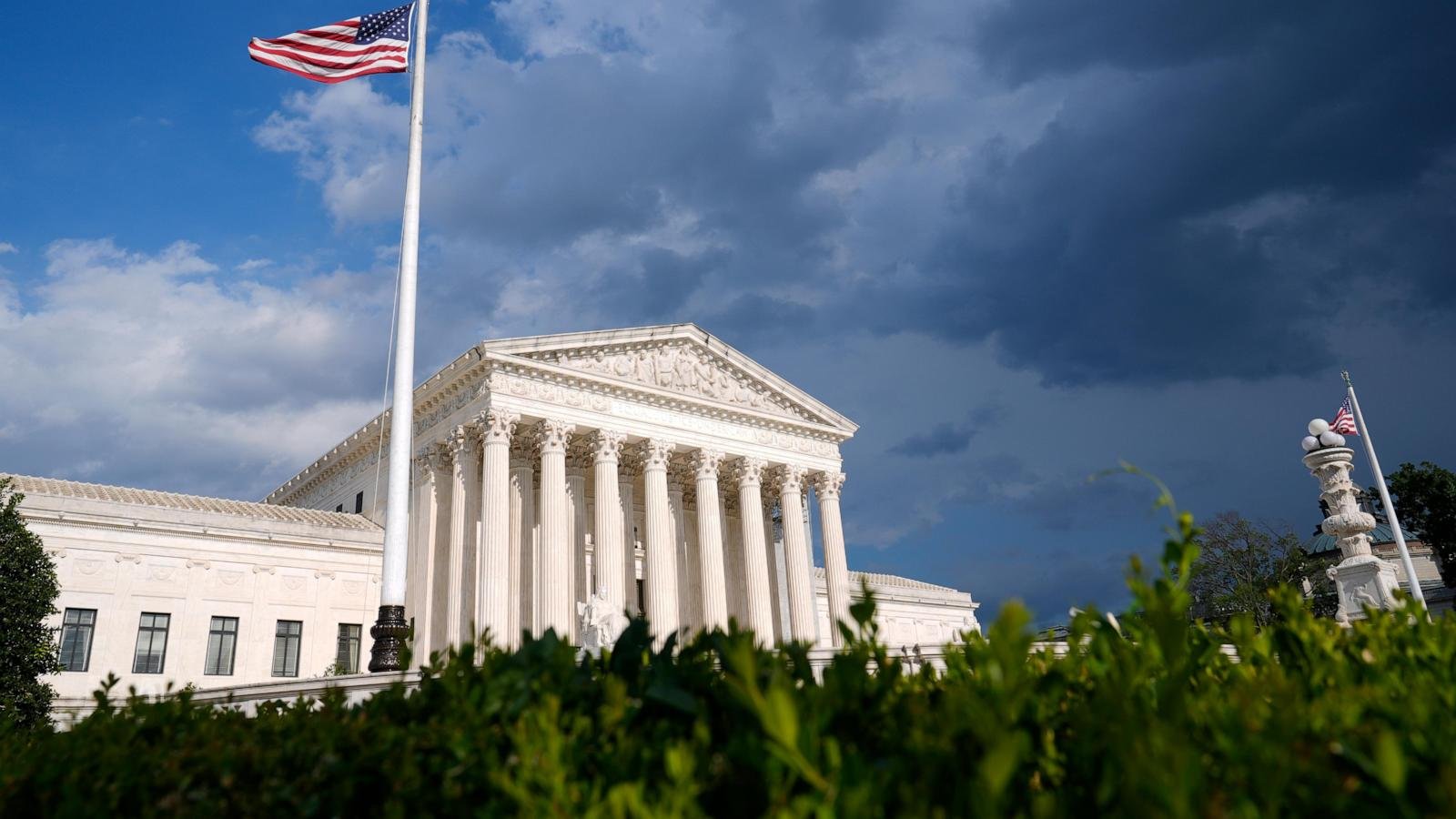When lithium ion batteries catch fire, the resulting chemical reaction is toxic. Here’s how the EPA is safely rendering these rechargeable batteries safe at the Palisades Fire debris staging area.

Saturday, February 8, 2025 6:07AM
Here’s how the EPA is safely rendering lithium ion batteries safe at the Palisades Fire debris staging area.
TOPANGA, Calif. (KABC) — Within the destruction of homes and businesses located in the Eaton and Palisades fire zones lies hazardous waste like lithium ion batteries.
When these rechargeable batteries that are used in everything from electric vehicles to home energy storage catch fire or are exposed to high heat, something called a thermal runaway event takes place that poses a threat to human health.
“There’s a lot of energy in there. A thermal runaway event is an unintended chemical reaction within the battery itself. So, they do create a toxic and harmful and potentially flammable and explosive atmosphere when they fail,” said Chris Myers, a lithium ion battery technical specialist with the EPA.
Which is why phase one of the EPA’s cleanup of the Palisades and Eaton fires is focused on locating and properly disposing of things like lithium ion batteries.
First, a reconnaissance team locates the lithium ion batteries using information obtained through permitting or from homeowners who called the EPA’s hotline.
Then, recovery teams bring the batteries to a staging area for the Palisades Fire located near Topanga and PCH. Battery cells that could still ignite are wrapped in fire blankets and batteries that still have charge are de-energized in a brine solution. Then, they’re crushed by a compactor.
This method to render safe lithium ion batteries was developed at the Maui wildfire response. Re-creating it for the Palisades and Eaton fires is the largest wildfire mobilization the EPA has ever conducted.
“As we ship them back into the communities and we put them on the freeways to these final disposable places, they are safe. Our biggest goal here is safety. It’s public safety. It’s environmental safety,” said Myers.
So far, the EPA has removed 200 lithium ion batteries from electric vehicles.
Copyright © 2025 KABC Television, LLC. All rights reserved.
When lithium ion batteries catch fire, the resulting chemical reaction is toxic. Here’s how the EPA is safely rendering these rechargeable batteries safe at the Palisades Fire debris staging area.
Discover more from World Byte News
Subscribe to get the latest posts sent to your email.












